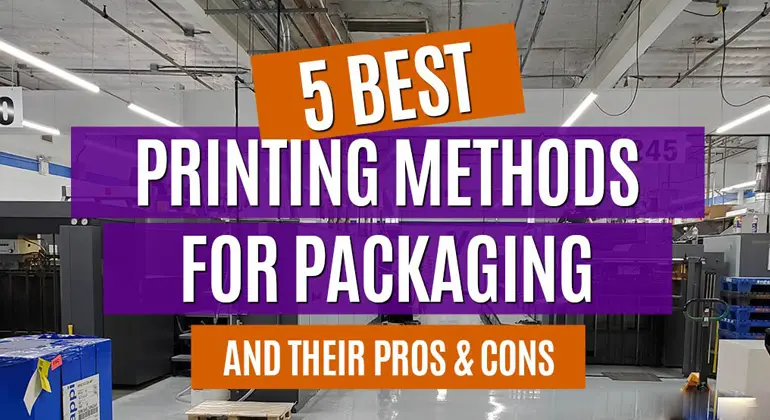What is the difference between flexographic printing and screen printing?
Screen printing and flexo printing are two different printing processes, each with its own set of characteristics and applications. Here are the main differences between them:
1. Printing method
Screen printing: Screen printing, also known as screen printing, is a stencil based printing method. It involves creating a template (usually on a fine-mesh screen) for each color in the design. A squeegee is then used to press the ink through the stencil onto the printed surface.
Flexo printing: Flexographic printing, often referred to as flexographic printing, is a relief printing process. It uses flexible rubber or polymer plates with raised images or text to transfer ink to the printed surface. The ink plate is mounted on a rotating cylinder that transfers the image to the substrate.
2. Ink transfer:
Screen printing: Screen printing allows the use of thicker ink layers, which can produce a more vibrant and tactile effect. This makes it suitable for printing on a variety of substrates, including textiles, plastics and paper.
Flexo printing: Flexographic printing uses a flexible plate that can conform to the shape of the printing surface. It is ideal for printing flexible packaging materials, labels, corrugated cardboard. It usually uses a thinner layer of ink compared to screen printing.
3. Image resolution and detail:
Screen printing: Screen printing can achieve a high level of detail and resolution, making it suitable for complex designs and fine art printing. However, this may require a finer screen and a more complex setup.
Flexo printing: While flexographic printing can produce detailed images, it can have limitations in achieving the same level of fine detail as screen printing. The quality of the print depends on the plate quality and the substrate surface.
4. Screen printing:
Screen printing is generally a slower process, especially when multiple colors are involved, as each color requires a separate screen and channel.
Flexographic printing is known for its high-speed production capacity. It is commonly used for mass printing, such as packaging labels and newspapers.
5. Applications:
Screen printing: Screen printing is versatile and can be used on a variety of substrates, suitable for textiles, clothing, posters, signage and promotional products.
Flexo printing: Flexographic printing is usually used for packaging materials, labels, cartons, newspapers and plastic bags, food packaging and other flexible packaging.
6. Setup and Cost:
Screen printing: Screen printing requires the creation of separate screens for each color, which can be time-consuming and expensive for complex designs. It is more suitable for small to medium print quantities.
Flexo printing: Flexo printing involves the creation of printing plates, which can be more cost-effective for mass production. The initial installation cost is offset by the speed and efficiency of the printing process.
How to choose a better flexo printing machine?
I wish you a happy and smooth future every day. Send my sincere wishes to you.



Leave A Comment